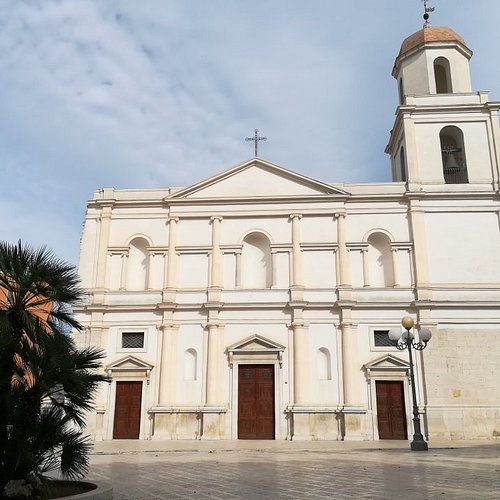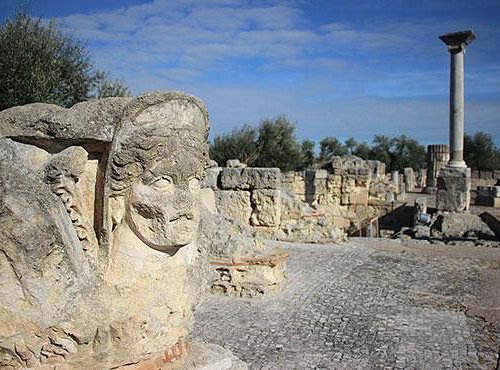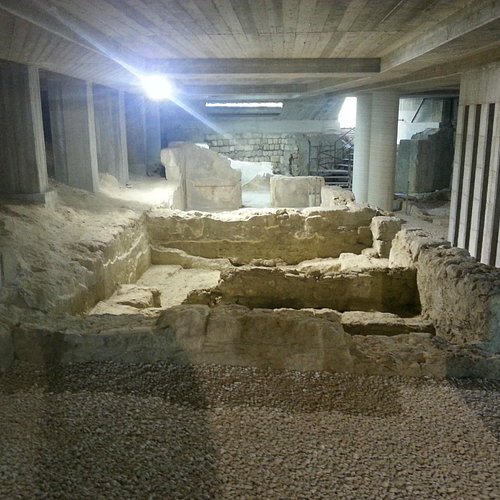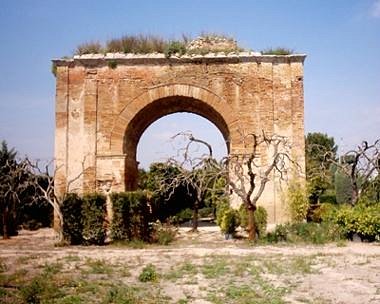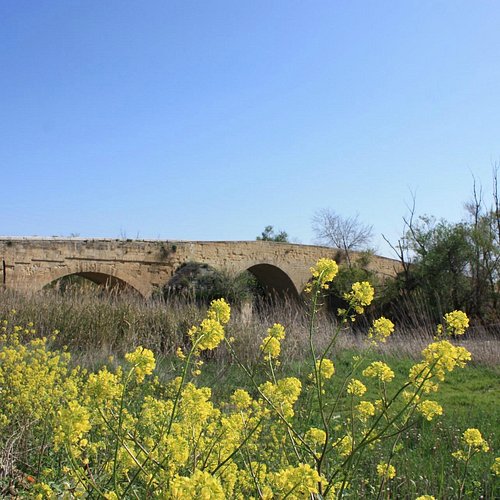What to do and see in Canosa di Puglia, Puglia: The Best Free Things to do
Discover the best top things to do in Canosa di Puglia, Italy including Cattedrale di San Sabino, Il Parco Archeologico di San Leucio, Museo Archeologico Nazionale Canosa di Puglia, Domus Romana di colle Montescupolo, Mausoleo del Principe Boemondo d'Altavilla, Battistero di San Giovanni, Arco di Traiano, Ponte Romano sul Fiume Ofanto.
Restaurants in Canosa di Puglia
1. Cattedrale di San Sabino
2. Il Parco Archeologico di San Leucio
Overall Ratings
4.5 based on 48 reviews
Complex archaelogical site to east south of the city, whose rests are witness of two important historical moments. The hill was select for the building of the most imposing italic temple in southern Italy, devoted to the goddess Minerva - Atena Ilias, with the probable purpose to enact ideologically and politically the alliance among the native "princes" and the Romans in the 318 a.C. The pagan temple, used for the whole Roman epoch, was destoyed during the V sec.AD, probably to work of the bishop Rufino, to give life to the extraordinary basilica to central plant - the greatest Palaeochristian building of Apulia - devoted to the SS. Cosma and Damiano and only subsequently to S. Leucio. Among the elements survisors of the temple there is the Corinthian capital with femalepropome (Giunone?), the drums of numerous grooved columns, the feet of a gigantictelamone. Elegant columns surmonted by wonderfull ionic, polychrome capitals as the splendid one "mosaic of the peacock", characterize the Christian building.
3. Museo Archeologico Nazionale Canosa di Puglia
Overall Ratings
4.5 based on 74 reviews
The Museum is located in the nineteenth-century Palazzo Sinesi.The current exhibition, renewed in 2018, illustrates with didactic and informative panels in Italian and English, a cross-section of the Canosa society between the Archaic and Hellenistic periods, one of the most important moments in the millennial history of the city. The archaeological exhibition is dedicated to grave goods from archaic tombs and rich hellenistic hypogea, that show us customes and attitudes of Canosa society and also the high quality of the local handicraft.
4. Domus Romana di colle Montescupolo
Overall Ratings
4.5 based on 11 reviews
The domus is unique in the archaological panorama of Canosa. Excavations have revealed a residence of the Augustan articulated according to the scheme Italic atrium. The large central atrium with impluvium gravitate environments thresholds limestone walls and floors decorated in uncertain work signino of clay. Elevations have wall paintings, not yet been restored, with geometric decorations and plants satifying the requirements of IV syle. The building features hilly interior, has been progressively extending to the rear, however, affected by the pre-existence of neighborhood destination craftsmanship, with functional facilities to small factories. Of interest are the remains of a hollow way designed to overcome the strong slope of the Hill Montesupolo. The street is paved in the stretch summit and ramp steps in the trench bottom.
5. Mausoleo del Principe Boemondo d'Altavilla
Overall Ratings
4.5 based on 28 reviews
6. Battistero di San Giovanni
Overall Ratings
4.5 based on 10 reviews
The baptistery, one of the mouments attributed to S.Sabino (516 - 566), was integral part of a complex of Christian buildings as the Basilica of the Salvatore and that of S. Maria. The building, with 12 sides, is preserved thanks to the presence of a crusher that, in the 800, has utilized the ancient structures, without twisting its plant and arresting the inexorable destruction of it. The inside is divided in symmetrical environments, displaced around a central room that preserves the rests of the baptismal source of eptagonal form.

